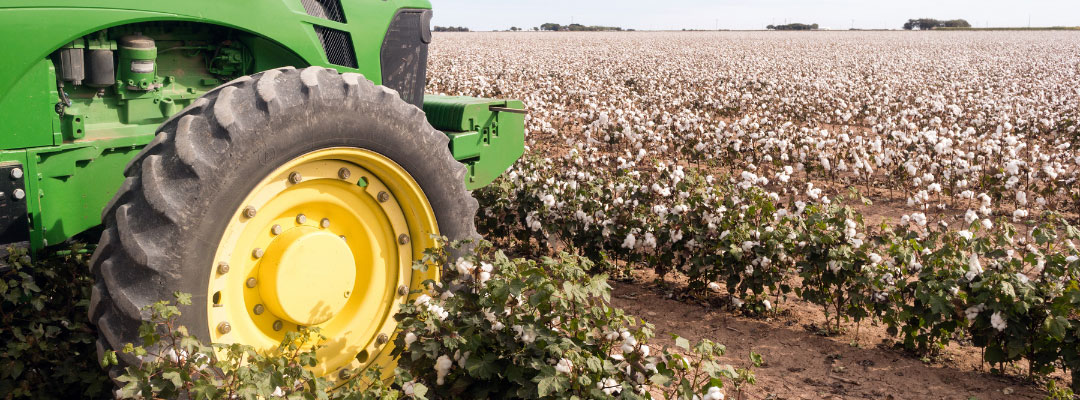The U.S. federal crop insurance program has experienced substantial growth over the past three decades. This expansion has led to an increase in the number of insured acres, greater overall liability, and higher subsidies for insurance coverage. Crop insurance aims to help farmers and ranchers effectively manage the risks associated with potential decreases in crop yields and revenue. The program is jointly managed by the USDA Risk Management Agency (USDA-RMA) and the Federal Crop Insurance Corporation. The Agency’s role is to determine the premium rate for crop insurance, considering various factors, such as the risk associated with the insured crop in a specific county, the chosen coverage level for the farm, the type of insurance product, and farm-specific practices like irrigation. The agency strives to establish actuarially fair premium rates, ensuring that the rates accurately reflect the expected indemnities per dollar of liability.
The subsidy for crop insurance premiums has witnessed a remarkable expansion, reaching about $11.6 billion in 2022, compared to $205 million in 1989 (USDA-RMA, 2023). This noteworthy surge is concurrent with the broadening array of crop insurance alternatives made available to farmers. Nevertheless, the allocation of the subsidy among farmers exhibits significant disparities across distinct levels of crop insurance coverage (Bullock & Steinbach, 2023). In our study, we evaluate the distribution of the farmer premiums to liability ratio across diverse levels of crop insurance coverage, drawing comparisons between the number of insured enterprise units and the amount of insured liabilities. Furthermore, we investigate the potential economic ramifications of capping the premium-to-liability ratio of 4.0% for different categories of crop insurance offered within the federal crop insurance program.
Figure 1 illustrates the distribution of the farmer premium-to-liability ratio for crop insurance coverage levels below 65%, between 65% and 75%, and above 75%. We compare the distribution based on the insured enterprise units (blue) and insured liability (red) for the Southern United States in 2022. For approximately 96.9% of the insured liability, the ratio is less than 4.0% at the <65% coverage levels. Moving to the 65% to 75% coverage levels, the ratio drops to 73.5% and falls further to 68.1% at the >75% coverage levels. Notably, there is a disparity in the number of insured units. While 90.8% of the enterprise units at the <65% coverage level have a farmer premium to liability ratio below 4%, this number falls to 75.5% at the 65% to 75% and 42.1% at the >75% coverage levels. This imbalance implies that fewer and larger enterprise units have a farmer premium-to-liability ratio below 4.0% at higher crop insurance coverage levels. This share is significantly higher and favors smaller enterprise units at lower coverage levels.
We now investigate the potential economic implications of capping the premium-to-liability ratio at 4.0% for different categories of crop insurance offered within the federal crop insurance program. Limiting the farmer premium to liability ratio to 4.0% would require 6.1% or $89.5 million in additional subsidies. Of these supplementary payments, 81.1% would be allocated to enterprise units with crop insurance coverage levels ranging from 65% to 75%. The distribution of the extra subsidies would primarily favor cotton, receiving approximately 73.2% of the additional payments, followed by wheat (9.9%), corn (6.0%), and soybeans (5.9%). The crop-specific subsidies would experience an increase ranging from 1.9% for soybeans to 9.8% for cotton.
Our findings indicate that the current allocation of farmer premiums per liability in the federal crop insurance program exhibits inequities across various levels of coverage. The suggested modifications to the program would particularly benefit farmers with a coverage level exceeding 70%, which holds significance considering the elevated vulnerability of these farmers to crop or revenue losses. Additionally, our findings emphasize the need to consider the consequences of program adjustments on different commodities and states. Furthermore, the analysis implies that the proposed change could incentivize farmers to allocate more acreage to higher coverage levels, enhancing their risk management options. All in all, this study offers insights into the distributional implications of the federal crop insurance program. Furthermore, it underscores the potential advantages of program modifications to foster equity for farmers and ranchers.
Figure 1: Distribution of the Farmer Premium to Liability Ratio for Different Crop Insurance Coverage Levels.

Learn More
Bullock, D. & Steinbach, S. (2023). “Capping the Farmer Premium-to-Liability Ratio for the Major Federal Crop Insurance Coverages: An Evaluation of the Potential Economic Implications,” AAE Staff Paper 2023-01, North Dakota State University. https://ageconsearch.umn.edu/record/333994
U.S. Department of Agriculture, Risk Management Agency. (2023). Summary of Business (SOB) online database. Available at: http://www.rma.usda.gov/data/sob.html.
Bullock, David W., Sunghun Lim, and Sandro Steinbach. “Southern Economic Impacts of Premium-to-Liability Ratio Limits in U.S. Crop Insurance.” Southern Ag Today 3(25.4). June 22, 2023. Permalink

